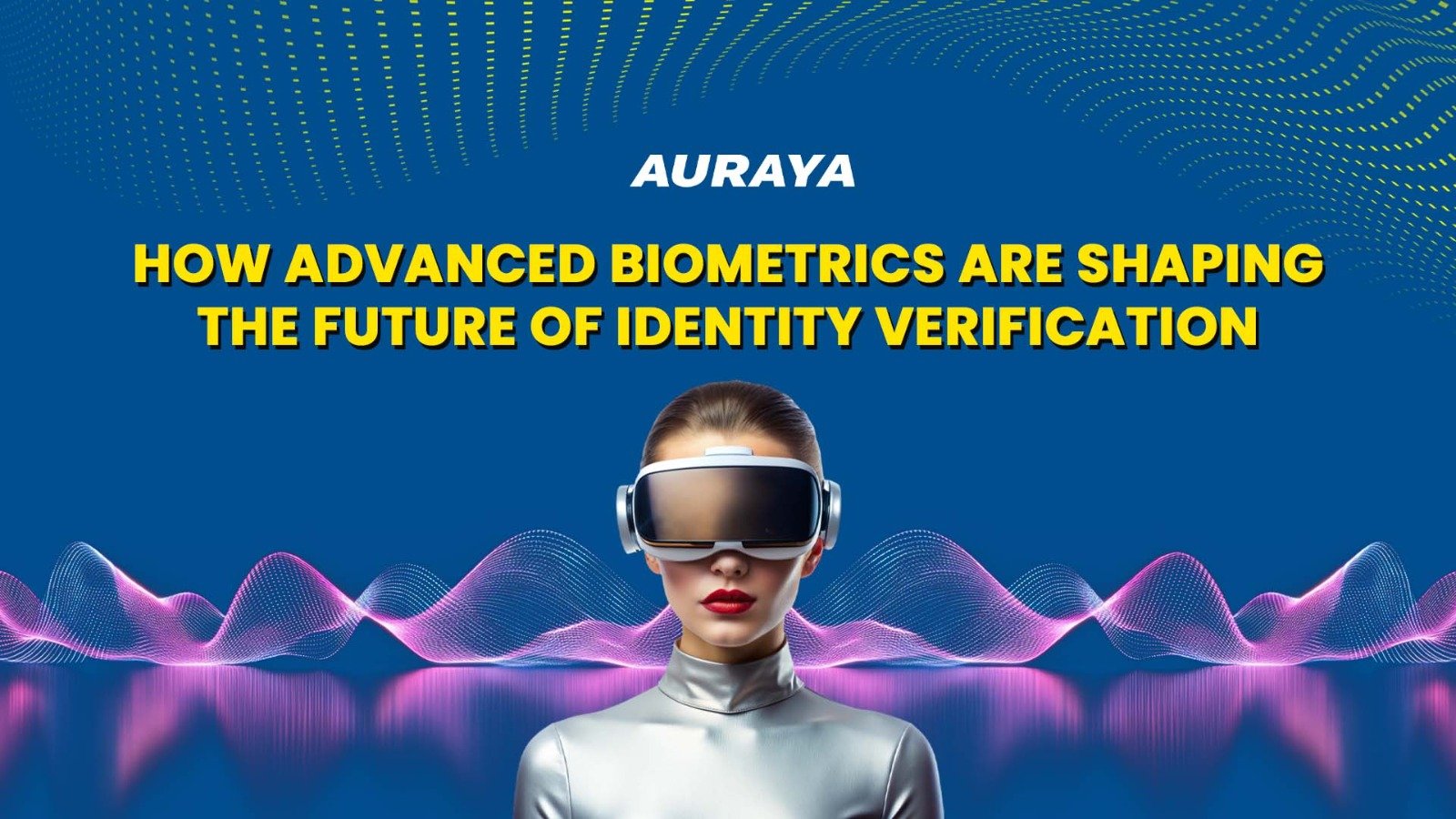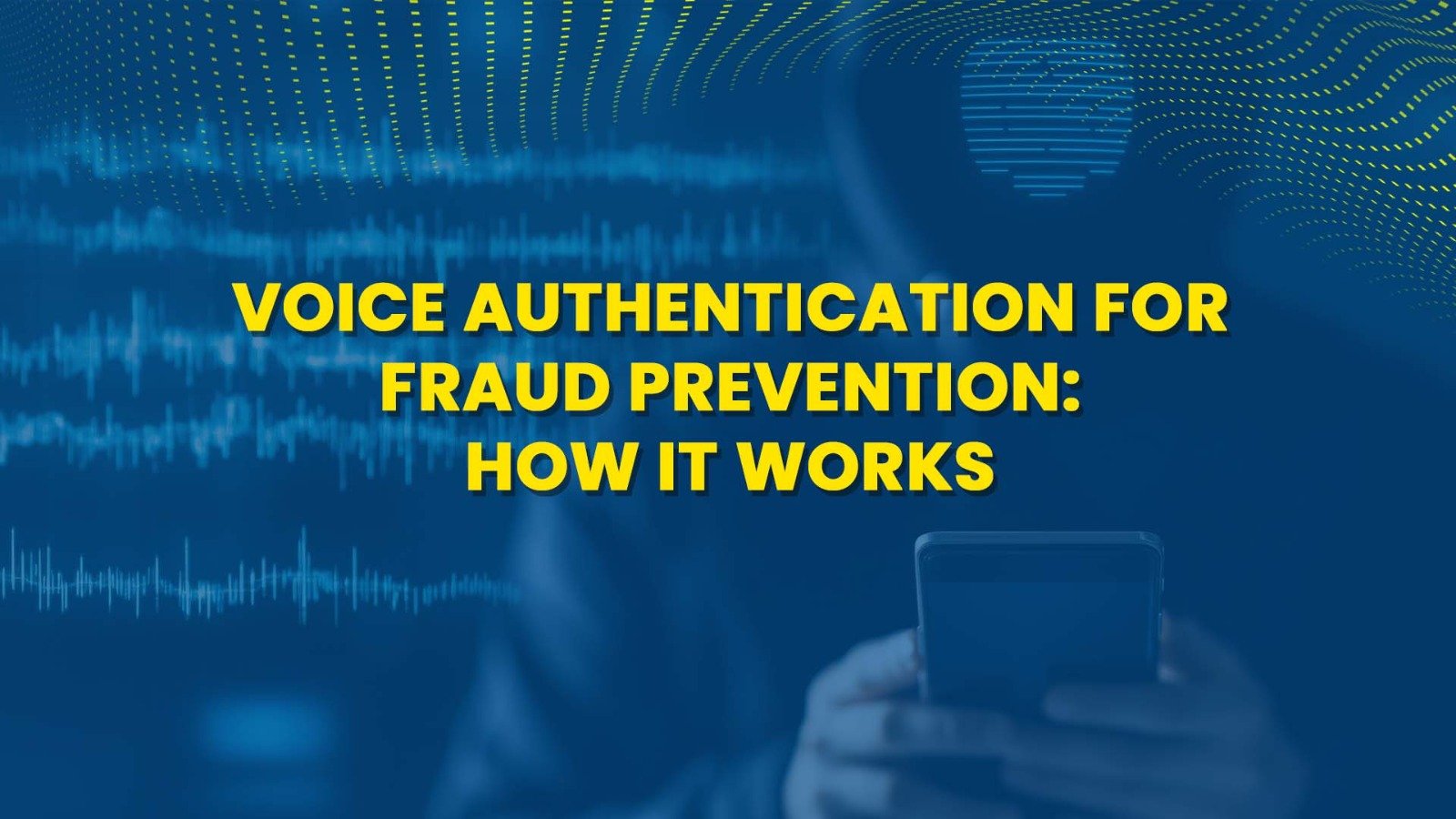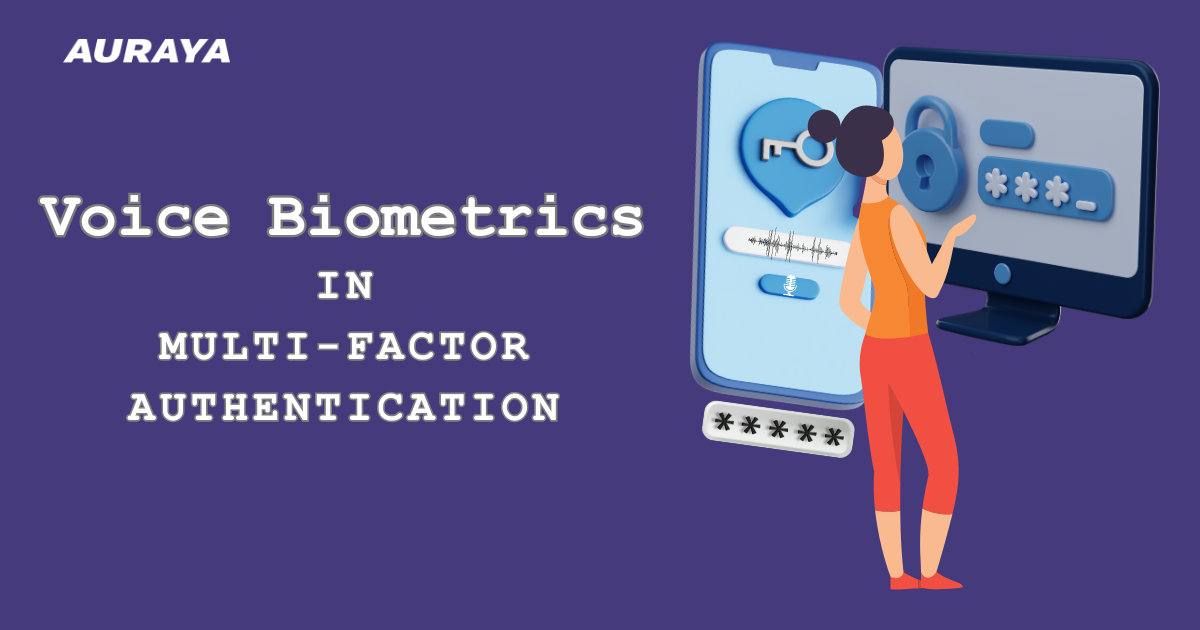Passwordless Authentication Gains Traction as Demand and Availability Increases
Gartner recently published an article listing the top 7 security risks and trends of 2019. The article is based on a presentation by a chief information security officer of a national transportation system. These security risks and trends are said to focus on the continuous “strategic shifts” in the security ecosystem that are yet to be recognized globally.
As stated in the article, the trends are:
Leading SRM leaders are creating pragmatic risk appetite statements linked to business outcomes to engage their stakeholders more effectively.
There is renewed interest in implementing or maturing security operations centers (SOCs) with a focus on threat detection and response.
Leading organizations are utilizing a data security governance framework to prioritize data security investments.
“Passwordless” authentication is achieving market traction, driven by demand and the availability of biometrics and strong hardware-based authentication methods.
Security product vendors are increasingly offering premium services to help customers get more immediate value and to assist in skills training.
Leading organizations are investing in and maturing their cloud security competency as it becomes the mainstream computing platform.
The strategic CARTA approach to security is starting to appear in more traditional security markets.
These trends depict positive signs of imminent opportunities for further innovation and development of voice biometric technology. Most notably, trends four and six accurately describes the patterns of where cybersecurity is heading. As more focus is placed on security, old methods such as knowledge-based authentications like passwords and security questions are no longer viable. These types of authentications require information that is “something you know”. However, one of its limitations is that other people can also obtain this information, creating a security risk. The other options are “something you have” and “something you are”. The former can also pose security risks as something that you have, such as a USB security key, can be easily misplaced or stolen. This leaves us with “something that you are”, which are biometric data. Coupled with multi-factor authentication, biometric authentication such as voice biometrics are more desirable amongst security leaders.
Auraya's Voice Biometric Capabilities
As a world leader in voice biometric technology, Auraya continually develops voice biometric technologies to provide users with delightful user experiences and enhanced security. Digital identity enrollment and verification via voice prints provide stronger authentication that is harder to break and manipulate. Further, these voice biometric capabilities can be securely implemented either on-premise or via the cloud. Although facial and fingerprint biometrics are currently more popular, its reliability is often questioned. There have been several instances where criminals can steal and duplicate these biometric data to sell on the dark web marketplace.
Voice biometric technology could be the better option in the future. Auraya’s ArmorVox and EVA capitalises on security with their patented features such as automated tuning process, speaker-specific thresholds & background models, active and passive learning, impostor mapping and cross-matching, synthetic voice detectors and liveness detection. These patented features mean users can securely and seamlessly enroll and verify their customers to authenticate their identity while significantly reducing and deterring the occurrences of fraudulent activities.

















